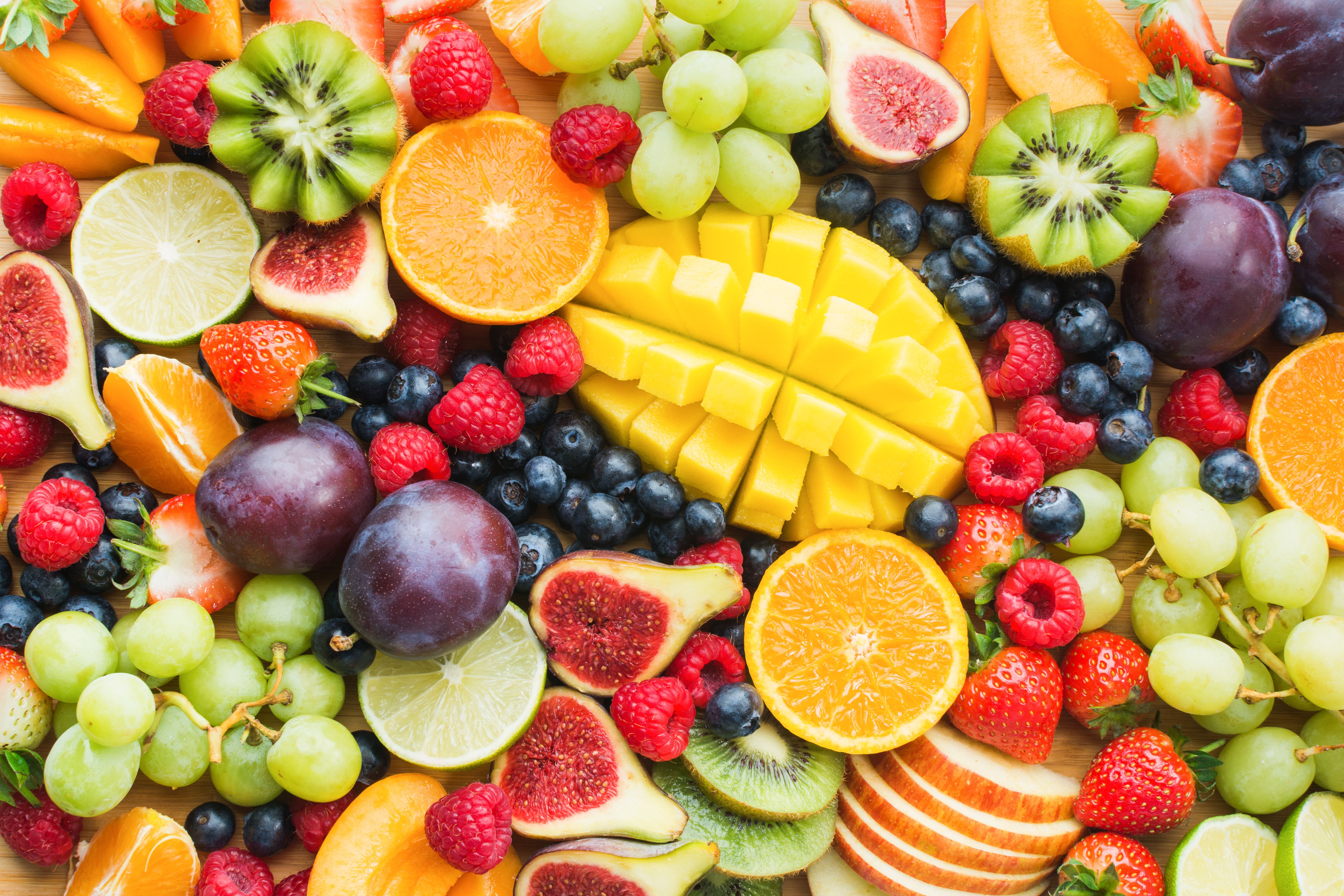Deep Learning Paves the Way for More Accurate Fruit Quality Evaluation
Researchers from the University of Minnesota and Nanjing Agricultural University have highlighted the potential of deep learning to significantly improve the accuracy and robustness of fruit quality assessments using visible-near-infrared spectroscopy.
Assessing the quality of fruit has become significantly easier, thanks to the advancements made in visible–near infrared (vis-NIR) spectroscopy, according to a recent review article published in Trends in Food Science & Technology (1). The study, led by Jie Yang of the University of Minnesota Twin Cities and Nanjing Agricultural University, explores the ongoing advancements in the field, particularly focusing on the shift from traditional chemometric techniques to cutting-edge deep learning approaches.
Vis-NIR spectroscopy has been used extensively to evaluate fruit quality. This non-invasive technique allows for the assessment of various quality attributes, such as sugar content, acidity, and firmness, by analyzing the light reflected from fruit surfaces (1,2). The spectral data collected through this method can provide comprehensive insights into the internal quality of fruits, which is crucial for producers, retailers, and consumers alike (1).
Assortment of healthy raw fruits and berries platter background, strawberries raspberries oranges plums apples kiwis grapes blueberries, mango, top view, selective focus | Image Credit: © Liliya Trott - stock.adobe.com.

However, one challenge of using vis-NIR spectroscopy is data variability. The reason why this is an issue is that biological differences among fruits, variations in instrumental settings, and fluctuating measurement conditions limit the applicability of chemometric models that are used to interpret the spectral data (1).
In this review article, Yang and colleagues show how researchers are beginning to shift away from conventional chemometric models, and instead looking at using deep learning techniques to help analyze the spectral data to better predict fruit quality. Chemometric techniques, which involve the application of mathematical and statistical methods to spectral data, have been widely used to build predictive models (1). These models have improved accuracy, but they often remain dependent on specific data sets and require extensive manual feature engineering, such as data preprocessing, to function effectively (1).
Deep learning has emerged as a powerful tool in various fields of science and technology, and researchers have recently applied it to food analysis applications. Unlike traditional chemometric techniques, deep learning models are capable of automatically extracting features from spectral data, reducing the need for manual intervention (1). This not only streamlines the modeling process, but it also enhances the generalizability of the models across different data sets (1).
Yang’s review highlights several advanced deep learning techniques that hold promise for improving the robustness of fruit quality assessments. Yang’s review focuses on four: transfer learning, multi-task learning, multi-modal data fusion, and knowledge-guided model design.
These four deep learning techniques have distinct advantages. Transfer learning, for example, allows models to leverage knowledge gained from one data set and apply it to another, thereby enhancing their adaptability (1). Multi-task learning enables models to perform multiple tasks simultaneously, improving their efficiency and accuracy (1). Multi-modal data fusion integrates data from various sources, providing a more comprehensive analysis of fruit quality (1). And finally, knowledge-guided model design incorporates domain-specific knowledge into the model-building process, further enhancing its relevance and accuracy (1).
Although these four deep learning techniques have attributes that give it significant potential to advance the field of fruit quality evaluation, more work is needed. The researchers stress that further research is needed to fully understand the applicability and limitations of these models (1). The integration of deep learning into existing chemometric frameworks could propel the field forward, offering more reliable and accurate assessments of fruit quality. However, challenges remain, particularly in ensuring that these models can effectively handle the variability inherent in spectral data (1).
By addressing the limitations of current methodologies and exploring new avenues in deep learning, the researchers believe that deep learning techniques can pave the way for more accurate and reliable assessments of fruit, which will benefit the food and agriculture industries.
References
(1) Zhang, X.; Yang, J. Advanced Chemometrics Toward Robust Spectral Analysis for Fruit Quality Evaluation. Trends Food Sci. Technol. 2024, 150, 104612. DOI: 10.1016/j.tifs.2024.104612
(2) Song, K.; Yu, D.; Yang, D. Study of Nondestructive Testing of Nanguo Pear Quality Using Vis-NIR Spectroscopy. Spectroscopy 2022, 37 (6), 26–32. DOI: 10.56530/spectroscopy.rc4873o1
NIR Spectroscopy Explored as Sustainable Approach to Detecting Bovine Mastitis
April 23rd 2025A new study published in Applied Food Research demonstrates that near-infrared spectroscopy (NIRS) can effectively detect subclinical bovine mastitis in milk, offering a fast, non-invasive method to guide targeted antibiotic treatment and support sustainable dairy practices.
Smarter Sensors, Cleaner Earth Using AI and IoT for Pollution Monitoring
April 22nd 2025A global research team has detailed how smart sensors, artificial intelligence (AI), machine learning, and Internet of Things (IoT) technologies are transforming the detection and management of environmental pollutants. Their comprehensive review highlights how spectroscopy and sensor networks are now key tools in real-time pollution tracking.
New AI Strategy for Mycotoxin Detection in Cereal Grains
April 21st 2025Researchers from Jiangsu University and Zhejiang University of Water Resources and Electric Power have developed a transfer learning approach that significantly enhances the accuracy and adaptability of NIR spectroscopy models for detecting mycotoxins in cereals.